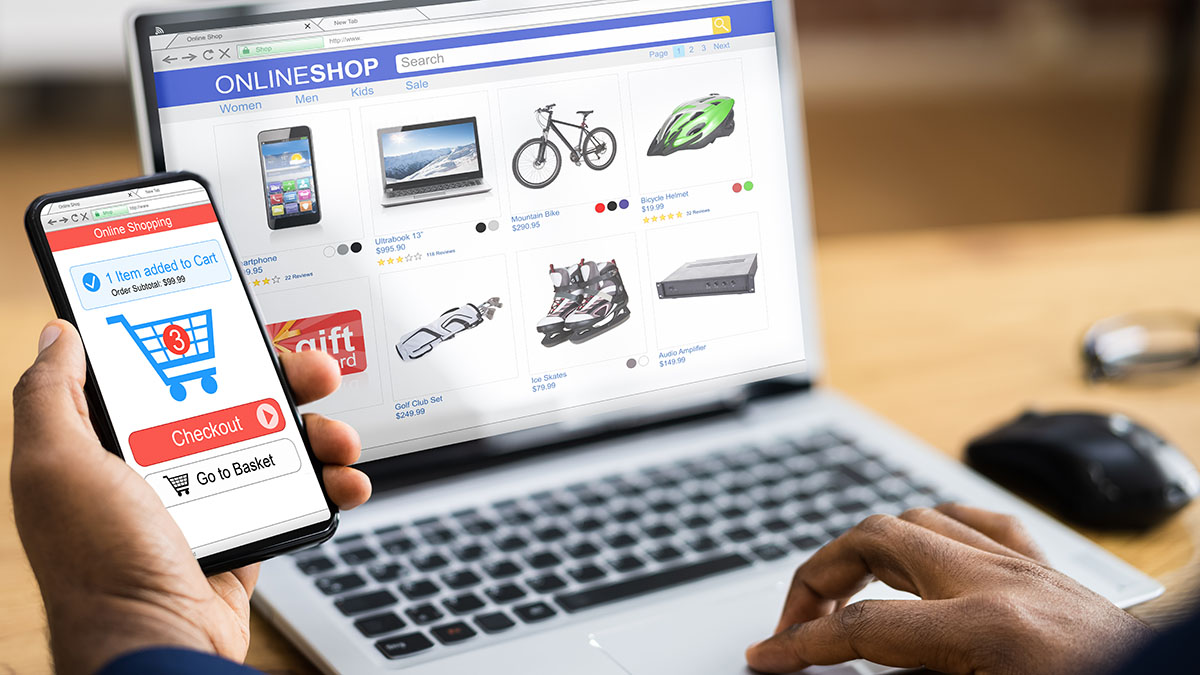Expanding your e-commerce business into international markets can open up new revenue streams and increase your customer base. However, launching a cross-border e-commerce business involves careful planning and execution. Here’s a comprehensive guide to help you navigate the process successfully.

1. Conduct Market Research
Before entering a new market, conduct thorough research to understand the demand for your products, local competition, and cultural preferences. This will help you identify target customers and tailor your offerings accordingly.
- Tip: Use tools like Google Trends, social media insights, and local market reports to gather valuable data about potential markets.
2. Choose the Right Products
Select products that are likely to resonate with your target audience in the new market. Consider factors such as local tastes, pricing sensitivity, and regulations that might affect product availability.
- Tip: Test the waters with a limited product range before expanding further based on customer feedback and sales performance.
3. Understand Local Regulations and Compliance
Each country has its own rules and regulations regarding e-commerce, including import duties, taxes, labeling requirements, and consumer protection laws. Research the legal landscape in your target market to ensure compliance.
- Tip: Consult with legal experts or local advisors to understand regulations specific to your industry and region.
4. Set Up a Localized Website
Having a localized website is crucial for engaging customers in new markets. This may involve translating content into the local language, using local currencies, and adapting the user experience to cultural preferences.
- Tip: Use professional translation services to ensure accuracy and cultural appropriateness in your website content.
5. Choose the Right E-Commerce Platform
Select an e-commerce platform that supports cross-border transactions and offers features like multi-currency payments, international shipping options, and tax calculations. Popular platforms include Shopify, WooCommerce, and BigCommerce.
- Tip: Ensure that the platform you choose can handle local payment methods popular in your target market.
6. Set Up Payment Processing
Implement payment processing options that cater to your new audience. Consider using international payment gateways that support various payment methods, including credit cards, digital wallets, and local payment options.
- Tip: Be aware of currency conversion fees and transaction charges, and consider offering competitive rates to enhance customer satisfaction.
7. Establish Reliable Shipping and Fulfillment
Choose shipping partners that provide reliable and cost-effective delivery options for international orders. Consider factors like delivery speed, tracking capabilities, and customs handling to ensure a smooth fulfillment process.
- Tip: Offer multiple shipping options to cater to different customer preferences, including express shipping for urgent orders.
8. Implement a Clear Returns Policy
Create a transparent returns policy that accommodates international customers. Clearly outline the return process, including timelines, responsibilities, and any associated costs.
- Tip: Consider offering free returns for a limited time to encourage initial purchases and build trust with new customers.
9. Invest in Digital Marketing Strategies
Develop targeted digital marketing campaigns to reach your new audience. Use channels such as social media, search engine optimization (SEO), pay-per-click (PPC) advertising, and influencer partnerships to build brand awareness.
- Tip: Tailor your marketing messages to resonate with local culture and preferences, ensuring relevance and engagement.
10. Provide Excellent Customer Support
Ensure that you have a responsive customer support system in place to address inquiries and resolve issues promptly. Offering support in the local language can enhance customer satisfaction and loyalty.
- Tip: Consider using chatbots for 24/7 support, and provide multiple contact options, including email, live chat, and social media.
11. Monitor Performance and Adjust Strategies
After launching, closely monitor sales performance, customer feedback, and market trends. Use analytics tools to track key metrics and make data-driven decisions to optimize your cross-border strategy.
- Tip: Be flexible and willing to adjust your offerings, pricing, or marketing strategies based on insights gained from performance data.
Conclusion
Setting up a cross-border e-commerce business can be a rewarding venture, offering the potential for significant growth and expanded market reach. By conducting thorough research, understanding local regulations, and tailoring your approach to meet the needs of your international customers, you can build a successful cross-border e-commerce strategy. With careful planning and execution, you’ll be well on your way to capturing new markets and increasing your brand’s global presence.


No responses yet